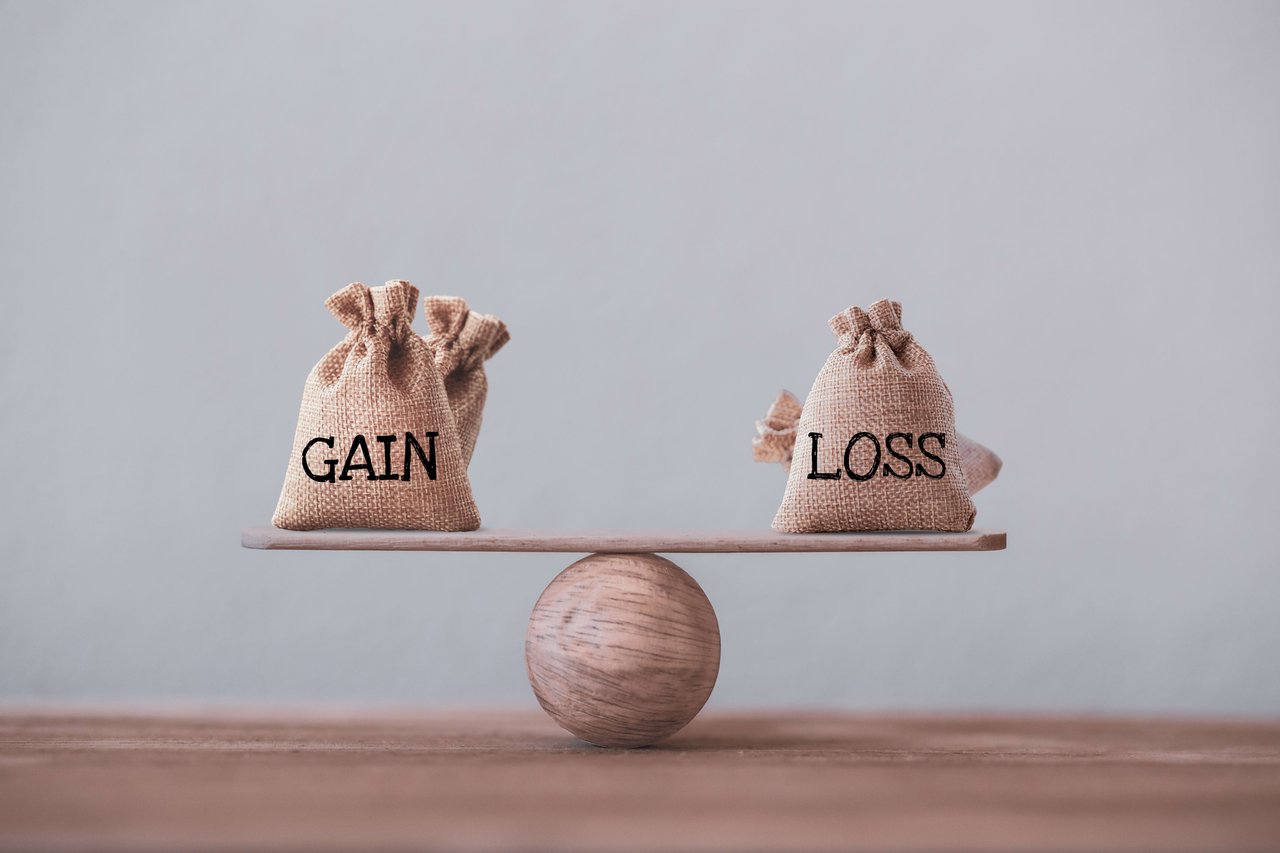How To Use Investment Cap Rates
In this article,, we will discuss everything you need to know about cap rates and how they can impact your investments. We will cover topics such as what a cap rate is, how to calculate it, and how to use it to make informed investment decisions. Commercial real estate cap rates are an important part of the investment evaluation process.
What’s a Cap Rate in Commercial Real Estate?
CRE investors use the cap rate, or the capitalization rate, to gauge the potential return on an asset or property in order to gauge the level of risk and the potential return that the asset will offer. It is usually expressed as a percentage, ranging between 3 and 30% when it comes to cap rates. Investors determine the level of risk they want to take based on how long it will take them to regain the original investment amount they put into the investment.
Investment property with a low cap rate generally has a relatively higher value as well as a lower risk as a result. On the other hand, a high cap rate indicates, on the other hand, that the property is less expensive, but at the same time, has a higher return (and greater risk).
Despite the fact that the cap rate is one of the more important metrics to consider when considering pipeline acquisitions, it is far from being the end-all metric. Commercial real estate cap rates do not include mortgages or financing arrangements as a factor in calculating the cap rate. This is among many limitations of commercial real estate cap rates.
As a result, it assumes that the purchase will be made in cash.
Due to this, cap rates may not always capture the complete market potential of a property based on its cap rate. The internal rate of return is one of the metrics that investors look at in order to make their analyses more holistic.
Cap Rate Formula
Annual net operating income (NOI) / the property’s market value
Calculated by dividing a property’s net operating income by its asset value, the cap rate is an assessment of the yield of a property over one year. For example, a property worth $14 million generating $600,000 of NOI would have a cap rate of 4.3%. That means that you can expect a roughly 4.3% annual operating cash flow given the price paid for the property.
Is a High Cap Rate Better Than a Low Cap Rate?
Asking if a high cap rate is better than a low cap rate is like asking if apples are s better than pineapples — it all depends on your preferences!
If you’re a very long-term real estate investor with a surplus of patience — a “buy and hold” type — then you’ll likely want to target properties with low cap rates. While these properties will yield relatively lower cash flows, they’ll see significant increases in value over time, and they’re very safe investments.
Since they’re in high-demand areas, there are few vacancies, so your cash flow is highly predictable, albeit low. Your profits here will be through the equity you build as the property increases in value. And don’t forget — you can improve these properties and raise the rents, which will raise your ROI!
On the other hand, if you’re an investor who wants a “quick win” and prioritizes cash flow, you should target properties with higher cap rates. For example, a Class C apartment building with a cap rate of 10% will consistently bring in a good amount of cash.
However, due to location and tenant profile, the rent and the property value won’t have a lot of room to grow, even if you make significant improvements to the property.
What is Cap Rate Compression?
You can change your property’s cap rate by increasing or decreasing the rent — or market conditions can alter your property’s cap rate.
When property values go up (as they have been for the past several years) but cash flows remain the same, cap rates go down. This is called cap rate compression; a compressed cap rate isn’t necessarily the same as a low cap rate.
Cap rates become compressed when lots of money enters the market, bidding up prices. This creates a strong seller’s market that can price out a lot of investors looking to buy into the market. As prices continue to go up, but NOI stays the same, yields drop.
When yields drop to market interest rates or below, investors must pay cash for their investments. Investors unable to do so are locked out of the market, thus cooling demand. And when demand cools, prices tend to drop — a situation that we’re likely approaching in the residential real estate market as the effect of higher interest rates filters through the market.
In these circumstances, a low cap rate isn’t an indicator of a safe, solid, low-risk investment — it’s an indicator of a potentially overpriced market that’s approaching its peak. The trick, of course, is being able to tell the difference between a low cap rate and a compressed one.




